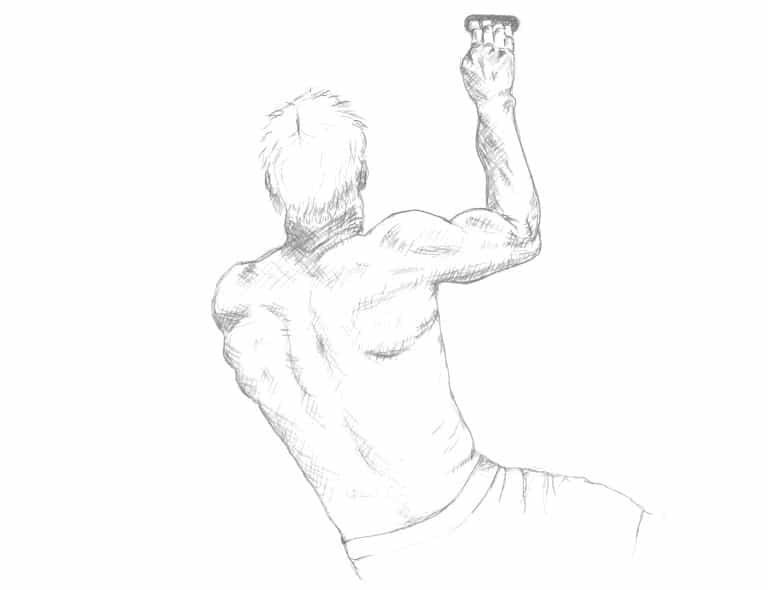
The goal of becoming a better climber means something different for each one of us. With so many directions to go in the general pursuit of improved climbing performance, conceiving a universal training program for climbers is next to impossible. Training requires a direction to move in, a point to begin from, and a goal to move toward.
Yet there are common pursuits we all share in this highly individualistic endeavor.
One example is every climbing day is an opportunity to climb to the best of our ability. Sure, some days we climb like a rock star and have the proverbial “on day” (the coveted peak performance day). On other days, well, not so much—we all have our “off days.” But the goal is always to strive for performance consistency.
While some fluctuation is to be expected, an underlying objective within any training program is to perform to the best of your ability at the upper end of your physical limits each day you go climbing. If this isn’t your practice already, then it’s time to regularly climb outside of your comfort zone. This one habit will limit unproductive volume (think junk miles on a bike) and increase technical proficiency.
However, not all climbing volume is the same. Warming up is essential. Endorphins and adrenaline excite the senses as the nervous system’s rate of recruitment increases. This is necessary for a high level of performance to be safe and effective. It’s the meaningful part of a climbing schedule—the performance volume. This is the only volume necessary to track when establishing your performance baseline.
An established baseline is important if you intend to redistribute performance volume to overcome a performance plateau. This is a climbing-only strategy used to disrupt a pattern of habituation or a performance plateau.
The baseline provides a known quantity which can be adjusted as needed when redistributing climbing volume or monitored when introducing supplemental training movements, another method to overcome a plateau.
Cleaning up your performance volume—whether you redistribute it or not—is recommended before programming supplemental training movements into your existing climbing schedule. Choosing movements that transfer well to climbing without affecting performance (too much) is ideal. Limiting the number of training movements and frequency is recommended to maintain the highest level of climbing performance.
The suggestion is to perform two to three movements twice a week for a committed period of time. An improvement in grip strength, whole-body strength, and lock-off strength will transfer well to climbing and the emphasis on strength means workout volumes are lower to preserve performance quality during climbing sessions.
Part II of Training Guide for Climbers provides detailed instructions for performing the training movements that will improve grip strength, whole-body strength, lock off strength, power, and conditioning not just this season but for years to come.
Send me an email, and I'll get back to you as soon as I can.